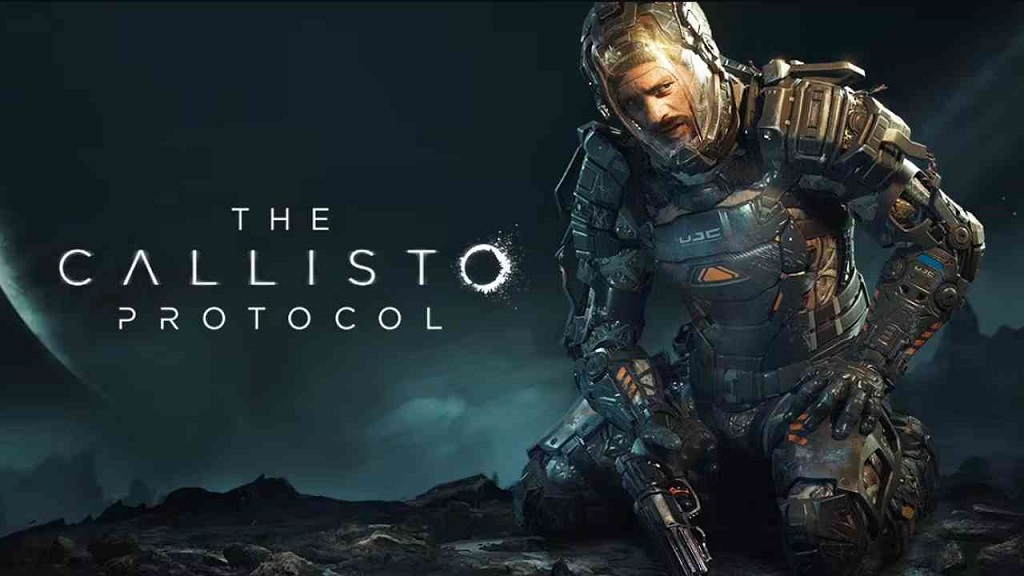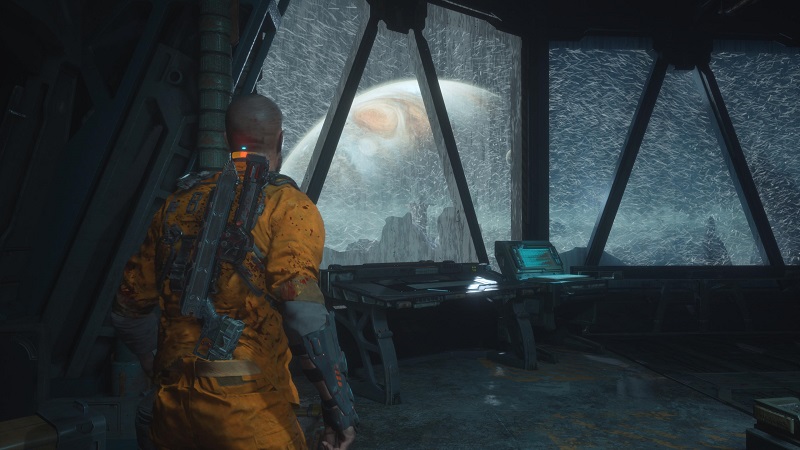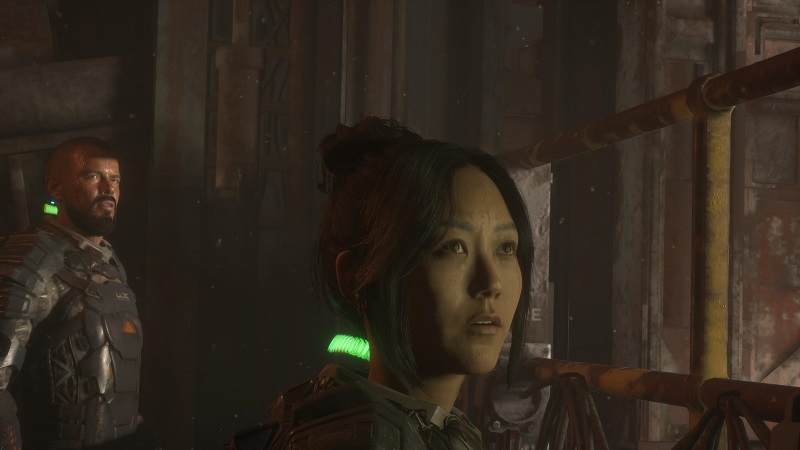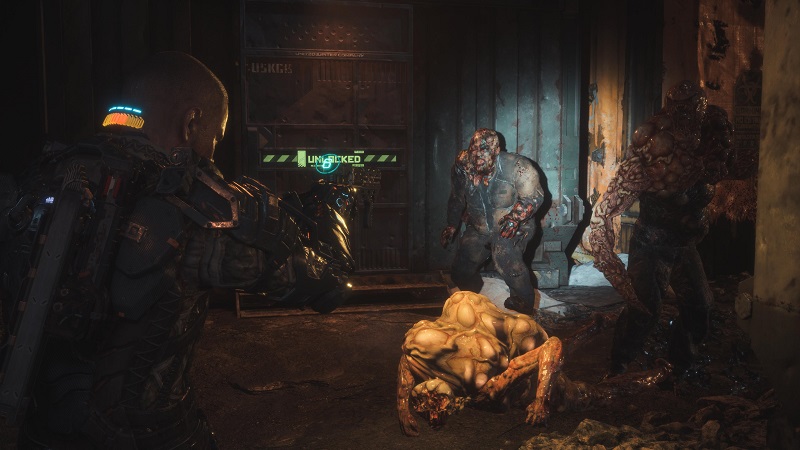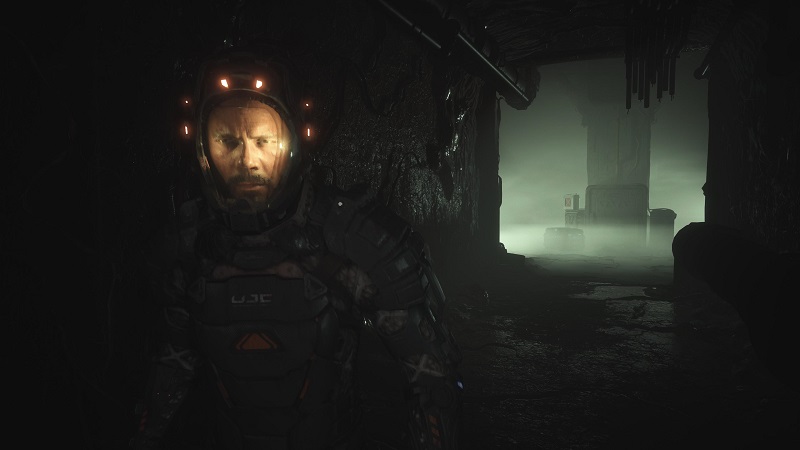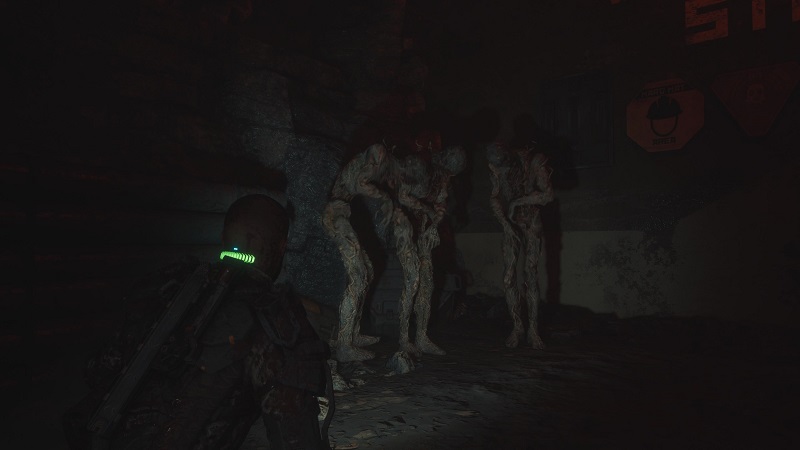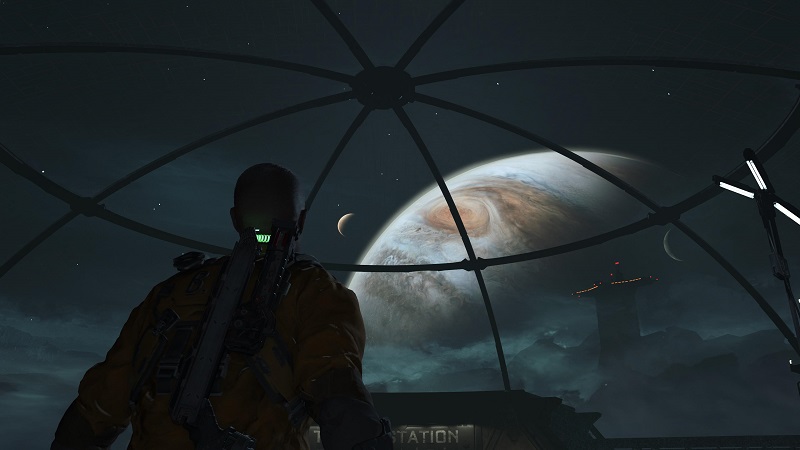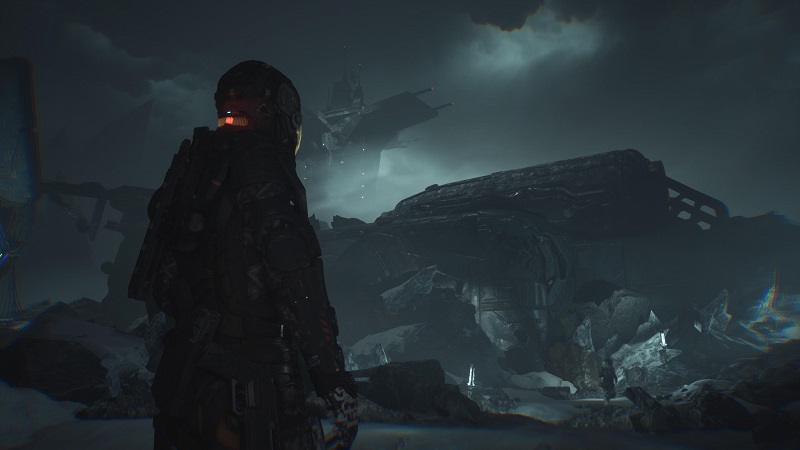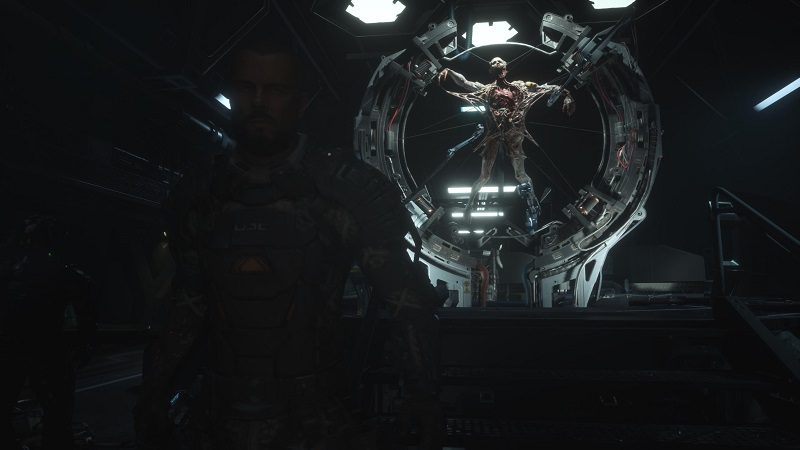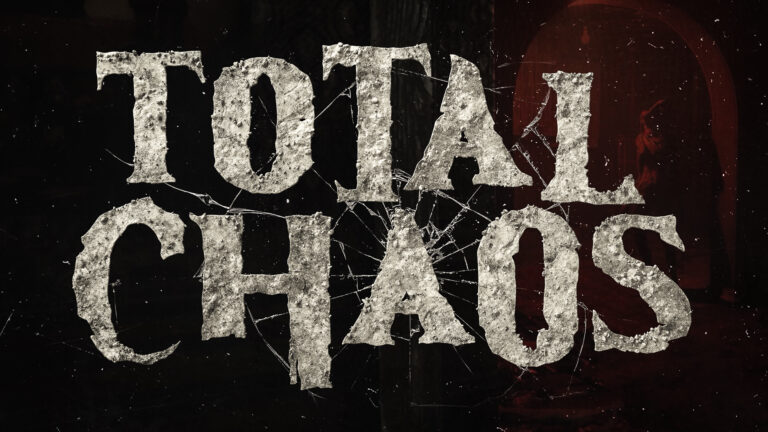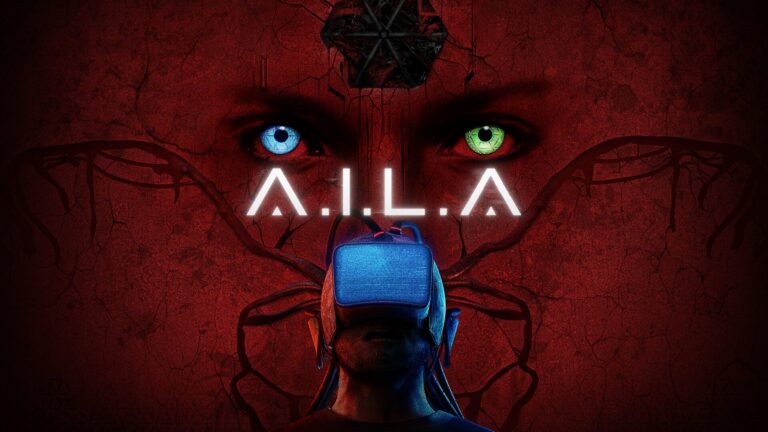When it was announced back in 2020, The Callisto Protocol had some confusing beginnings, since it was originally set to take place in the PUBG universe (which was later reversed) and it was announced as being a game that was created by several members from the team who created the Dead Space series before EA shut down the studio in 2017. While nothing was said of this being any kind of follow-up or attempt to re-create Dead Space, rabid fans quickly took to thinking that the game would be something like a Dead Space 4 that we never got due to the studio shutdown.
However, I’m very happy to say after playing the game that any similarities to Dead Space are mostly surface-level aesthetic similarities and pedigree only, while most of the meat of the game is quite different and very much more advanced than what the Dead Space series was able to accomplish during its run. Since that’s now established, we can tackle discussing what The Callisto Protocol is, as opposed to what it is not, and there’s a lot to talk about.
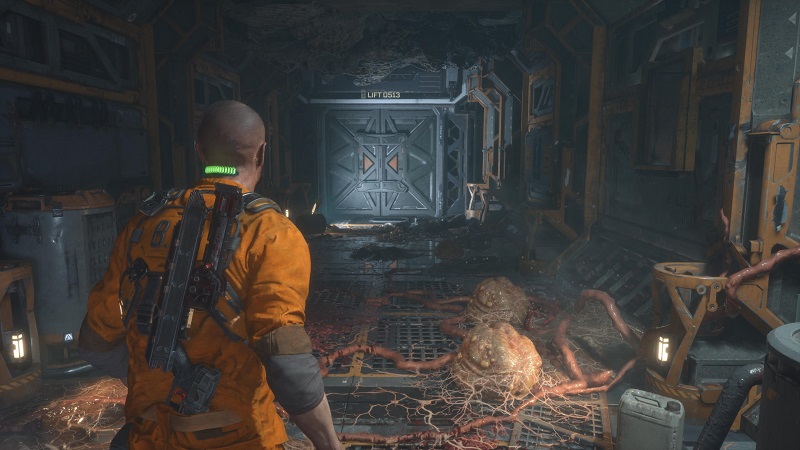
To start with the story, the game begins with a cutscene establishing the player taking control of Jacob, a cargo ship pilot whose ship is hijacked by terrorists to steal some cargo, and everything quickly turns South as the ship crashes on a penal colony of one of Jupiter’s moons. You’re quickly incarcerated by the fascist prison system against your will and this begins a journey to escape and find out the truth of what’s going on on this base.
These simple beginnings start the narrative threads spinning, and they do end up weaving a cohesive story from beginning to end with a few little twists here and there, and with nothing feeling particularly lacking, ham-fisted, or phoned in. The presentation of the story is one of its big strengths as a whole, with every scene well-acted, well-captured, and generally just well-directed.
While the story isn’t Oscar-level screenwriting or anything and isn’t reinventing any wheels, it does nail a tight execution in the style of many modern AAA games that just keeps you moving along and genuinely keeps you invested as you learn more about the characters and their experiences. There’s a slight lull in the pacing somewhere around the halfway point of the game that drags for a short time, but it doesn’t last too long, and it does provide some character-building that felt worthwhile, so it’s just a slight nit-pick since the rest of the game is so well-paced.
Soon after escaping the prison cell, you’ll be equipped with some crude tools to start navigating your way around this complex, but those tools are also used for combat, which becomes one of the biggest elements of the game’s focus going forward. The Callisto Protocol features a robust combat system that provides tons of options for how to approach any enemy encounter, and also adds several levels of strategy to the gameplay since much of the combat will be based on how you manage your resources.
For a long stretch at the beginning of the game, melee combat is the only way to fight, and the hand-to-hand combat system here is one of the most unique parts of the game that also manages to make every encounter extremely intense and visceral, while also being quite challenging. There’s a dodging mechanic that must be mastered along with memorizing some enemy patterns and being very careful about the timing, and it can be absolutely brutal when first learning the system, but the more it’s mastered, the more the combat shines.
Since melee combat does not require external resources, it’s very important to master this system as quickly as possible, since it will be the key to survival in this bleak landscape that rarely provides much in the way of ammunition for guns, even though guns do come into play later on. The guns are typically used as a last resort or as a support weapon to be used occasionally in between melee combos rather than something to rely on as the main source of dealing damage.
Aside from the melee and the guns, there’s also the GRP gravity glove, which functions fairly similar to the glove mechanic from the Dead Space games, where you can grab an enemy into the air and throw them into walls, into each other, over ledges, or into environmental hazards to help deal with certain types of foes much more easily. While the GRP can be a huge asset to your combat arsenal, it is also (like almost everything in the game) a limited resource that must be used very wisely and cleverly, so as not to be entirely relied on.
These are the main components that all come together to make up the combat, and they combine to make one of the most satisfying and challenging combat systems in any horror game in a long while, with much more strategy and choice than is often present in these types of games. All weapons and combat elements can also be upgraded at terminals to increase their performance and make your precious resources go just a little bit further than before, which can be a great help, but the credits to purchase the upgrades aren’t always the easiest thing to come by, forcing you to choose carefully what to focus on.
Aside from engaging the enemies, The Callisto Protocol also features several segments where you have the option of stealth, where you can simply avoid enemies or perform sneak kills to reap some extra rewards and also clear your path of danger just in case you need to come back through that area. The stealth in these segments is well-implemented and satisfying and adds much more variety to the experience as a whole.
The combat system felt like it was constantly changing and evolving and bringing in more new elements with each new area, and it never felt stale. Oddly enough, one of my biggest complaints with the game is that there isn’t some kind of battle arena or survival mode included here that focuses more on the excellent combat, but that may come further down the road with DLCs, several of which have already been announced as in the works.
Many have described the game as very linear, and while it’s certainly not an open-world game by any means, it does feature many side areas to explore off the beaten path that will sometimes present rewards in the form of supplies or audio logs that build the lore of the game. Unfortunately, some of this extra exploration often resulted in absolutely no rewards of any kind, or just a few measly credits at the end, even when some resources were required to go down that path, which left a slightly disappointing feeling from time to time, but nothing that was a major blemish on the game.
This brings us to another slight complaint, in that there is no map or navigation system here of any kind, which leaves you slightly blind as to where you’re going and what other areas you might be able to explore. Thankfully, there are not really any mazes or areas where you can get easily lost, and most of what you might call “puzzles” in the game physically limit you to a fairly small area, so it was hard to ever be stuck past 2-3 minutes in any given area.
Speaking of puzzles, there are no traditional survival-horror style puzzles to speak of, it’s mostly very straight-forward so as to keep the pacing going on full throttle for most of the experience, so if you’re looking for number puzzles and backtracking for items, you won’t find those here.
It’s hard to truly encapsulate in words or screenshots just how gorgeous The Callisto Protocol is in motion; it has some of the highest production values of any horror game ever made, even beating out the recent Resident Evil games and big-budget Sony titles like The Last of Us across the board. The phenomenal art design along with the staggering amount of visual technology behind it crafts one of the most intensely good-looking games we’ve seen so far in the space of big-budget or AAA-style games.
The sound design is another notable aspect to mention here, as the oppressive sounds of industrial machinery as well as the screaming and groaning of the enemies mixed with the snappy, powerful, visceral sounds of the combat really make for an immersive audio experience that adds a lot to the game and contributes to the feeling of uneasiness and chaos during most of its scenarios.
The controls feel very responsive and snappy throughout, never causing any issues in the entire 9-10 hour play time on the first playthrough, and they make all the different traversal and combat events feel rewarding and engaging. The technical performance on every level was surprisingly good on the PlayStation 5 version that was played for this review, almost shockingly so, since it originally launched with some performance issues on PC (which have since been patched).
This brings us to some final questions that many people have asked, but these are ones that are ultimately the most complicated ones to answer, given their subjective nature. The first would be whether or not The Callisto Protocol really is a horror game or whether it’s “scary,” which obviously may elicit different answers from everyone. For me, most of Callisto’s attempts at “scares” were unsuccessful, since it mostly just rehashed a lot of horror gaming tropes that felt a bit played out nowadays. However, the atmosphere, aesthetics, and intensity of the combat lent themselves to their own type of fear or terror much of the time, where the typical jump-scares are rendered entirely unimportant.
The aesthetics and the intensely limited resources definitely make this feel close to being a survival horror experience, with insanely detailed and visceral gore spraying all over the screen from every encounter, frightening enemies, and creepy scenarios abounding, I’d say it definitely qualifies as a horror game, even if it leans a little heavy on the action side in its tone sometimes. It’s also a rarity in the AAA games space of the last decade to see anything outside of the Resident Evil series ever making it to market, since pure action and open-world games have essentially taken over the higher-budget space of games since then, and it’s a rare treat to have a game that’s this focused on horror in that space.
One last thing to mention is the question of content, and unfortunately, The Callisto Protocol doesn’t deliver too much on this front, since there are no New Game+ modes or any extra modes aside from playing another difficulty. I have a feeling this is due to the already-planned extra content DLCs to come down the road, which will probably add much more content to the mix, but as it stands, the basic game doesn’t have a lot of replay value, if that’s something you’re overly concerned about.
Whether it’s worth the $60-70 price tag will be at each player’s discretion, but even so, Callisto is a very impressive effort and I’m genuinely excited to see how they continue to add more to the game over the next year.
If you go into the game looking for a Dead Space clone, you’re going to be sorely disappointed, but if you’re interested in playing a brand new AAA horror game with a lot to offer, The Callisto Protocol is a very engaging and satisfying experience that pushes production values to a new high for horror games.
 (9 / 10)
(9 / 10)
Amazing
 (9 / 10)
(9 / 10)
 IDOLxISxDEAD
IDOLxISxDEAD